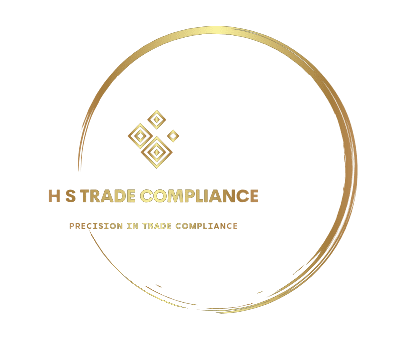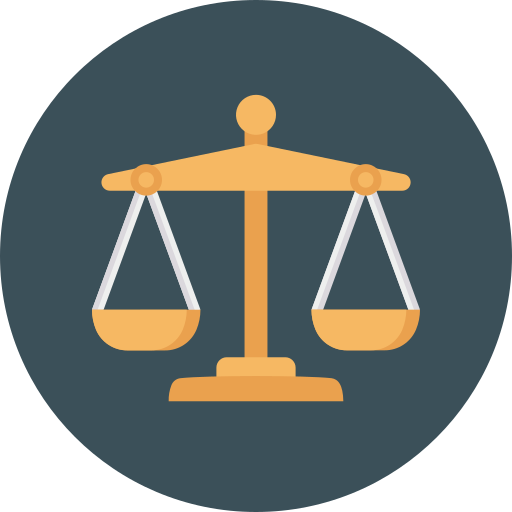
The danger and pitfalls of incorrect Tariff Classifications:
Tariff classification in the context of the South African Customs system is based on the Harmonized System (HS), a standardized international nomenclature for the classification of products. The HS is used by customs authorities worldwide to classify and identify goods for the purpose of customs duties, trade statistics, and various other regulatory and policy purposes. South Africa, like many other countries, uses the HS as the basis for its tariff classification system.
Below is an overview of tariff classification in South Africa:
- Harmonized System (HS) South Africa, like most countries, follows the global Harmonized System (HS) of tariff classification. The HS is a comprehensive and standardized system that classifies goods into categories and subcategories, each identified by a unique HS code. The HS is organized into sections, chapters, headings, and subheadings, providing a structured framework for classifying products.
- HS codes: HS codes consist of six digits in the global system. In South Africa, these six-digit codes are further extended to eight, ten, or even twelve digits to provide more detailed classification for specific products. The more digits in the code, the more precise the classification.
- Customs and Excise Act: The classification of goods in South Africa is governed by the Customs and Excise Act, which provides the legal framework for tariff classification and customs duties. The South African Revenue Service (SARS) is responsible for enforcing these regulations.
- Customs Tariff: The South African Customs Tariff is based on the HS, and it lists the applicable duty rates, prohibitions, and restrictions for each specific HS code. Importers and customs officials refer to this tariff to determine the correct classification of goods and the associated customs duties and taxes.
- Tariff Classification Process: Importers are responsible for determining the correct classification of their imported goods based on the HS system. They must assign the appropriate HS code to the product, considering its characteristics, composition, and intended use. If there is uncertainty about the classification, importers can request a binding tariff opinion from SARS to confirm the correct code.
- Consequences of Incorrect Classification: Accurate tariff classification is crucial, as it directly affects the amount of customs duties, taxes, and compliance with trade regulations. Incorrect classification can result in underpayment or overpayment of duties, which may lead to penalties or delays in customs.
- Harmonized System Committee: SARS maintains the South African Harmonized System Committee, which plays a role in reviewing and proposing changes to the HS system to keep it up to date with technological advancements and changing trade patterns.
- Training and Education: SARS provides training and educational resources to assist importers, customs brokers, and other stakeholders in understanding the tariff classification system and ensuring proper compliance with customs regulations.
In summary, HS Compliance goes at lengths in applying the rules of tariff determination to establish the correct tariff classification in South Africa, according to the international Harmonized System, with additional digits for more precise classification.
Proper classification is essential for determining customs duties, trade statistics, and ensuring compliance with customs regulations. Importers should exercise diligence and may seek guidance or seek a tariff determination from SARS when classifying goods if unsure of the appropriate HS code.
Don’t take any chances you may at first get away with a wrong classification but through the various auditing methods of SARS you may find yourselves out of pocket, post the initial clearances.

"Discover the Power of InfoHub: Your All-in-One Resource for International Trade Data. From exchange rates to country codes, customs tariffs to statistical quantities, InfoHub equips you with the data you need for smoother, more informed global trade operations. Stay compliant, manage risks, and make confident decisions – InfoHub has your international trade needs covered."

